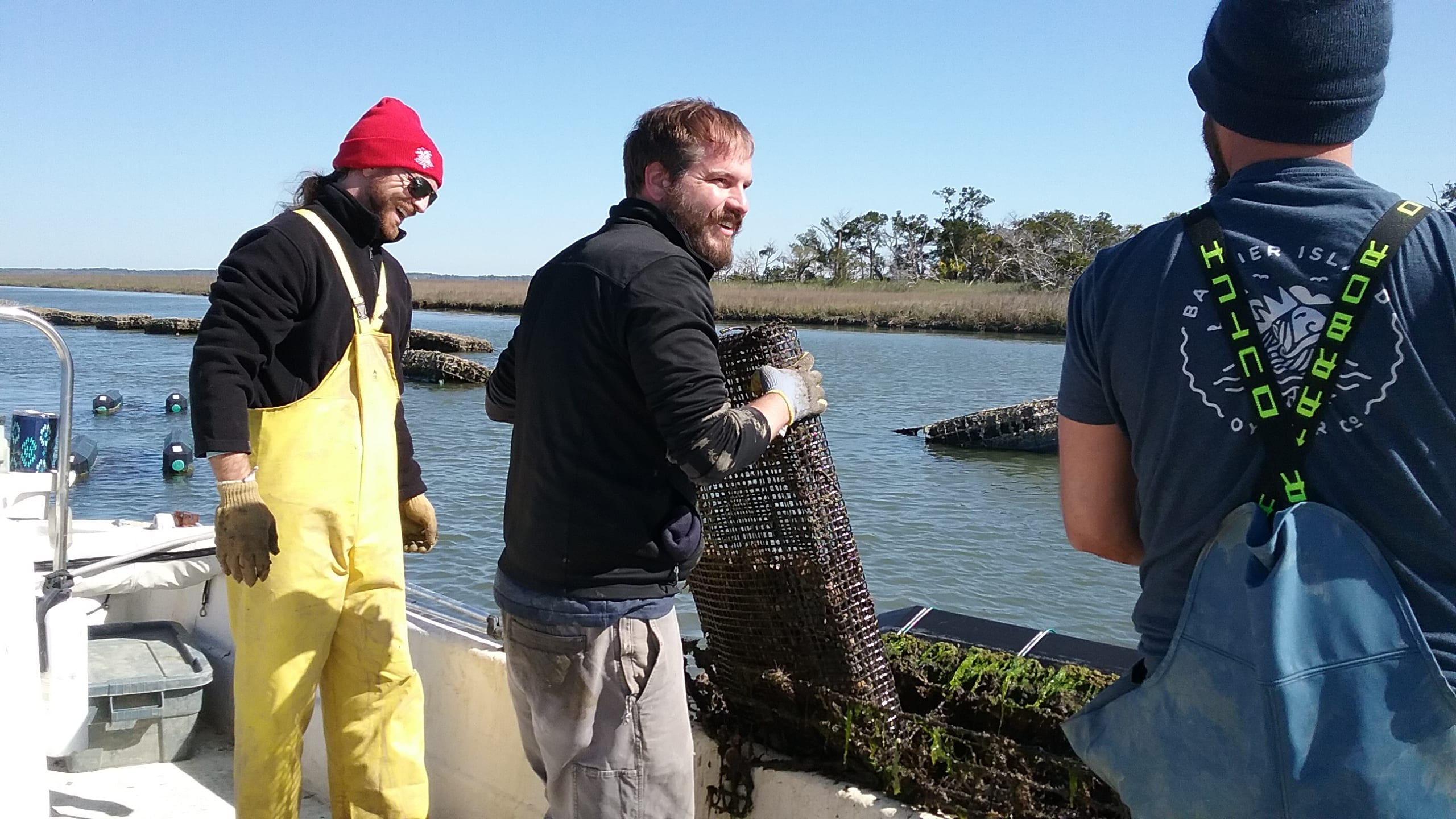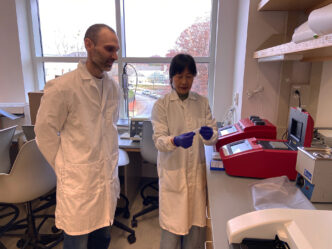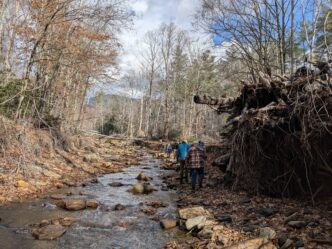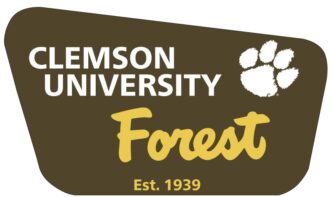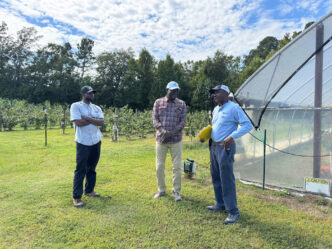GEORGETOWN, S.C. – Seafood consumption is increasing and Clemson University researchers are collaborating with researchers from other entities to determine how to help the seafood market grow in South Carolina.
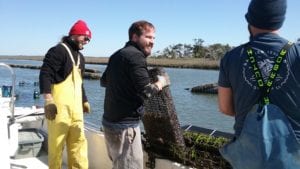
Recently, the researchers held a webinar to explain how producers can benefit from the shellfish mariculture industry in South Carolina.
Marzieh Motallebi, an environmental economist and assistant professor at Clemson’s Baruch Institute of Coastal Ecology and Forest Science, said the National Restaurant Association’s annual survey of chefs placed locally sourced meats and seafood as a top food trend in the United States. This is good news for South Carolina seafood producers, but it is uncertain if they are in a position to take advantage of this trend. Challenges include production issues such as lack of oyster seed, current producer licensing system, finance options, as well as weather and disease.
“When we talked with oyster growers, we were told the lengthy permitting process and costly licensing for growers in South Carolina, as well as the lack of guidance for these processes were main issues,” Motallebi said. “Financial issues also came up frequently. Growers said raising enough money to invest in new equipment would be difficult and there aren’t many options for federal crop insurance for aquaculture.”
Other challenges include post-harvest barriers such as lack of processing facilities, transportation and storage logistics; market access and buying points also are hindrances. The researchers believe setting up cold storage and distribution hubs would help put more local seafood on South Carolina consumers’ plates.
“Our research has found South Carolinians are eager to purchase local seafood,” Motallebi said.
Economic impact
Steve Richards, Extension associate with the Clemson Cooperative Extension Service agribusiness team, discussed an oyster-focused consumer survey conducted to determine where and how oysters are consumed and consumers’ willingness to pay for oysters. The survey found most consumers eat oysters at restaurants, about 76% of the time.
“One of the interesting things found was 40% of the respondents mentioned eating oysters at oyster roasts,” Richards said. “So, (oyster roasts) could be a growing marketing outlet and, perhaps, has catering potential.”
Richards and his team are looking at ways to expand the oyster market in South Carolina. They are launching a survey this summer to determine how to overcome barriers for getting local seafood into restaurants. The agribusiness team will use GIS mapping to determine where customers and potential customers live, as well as the best restaurants to target.
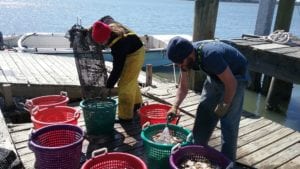
In a discussion on the economic impact of oyster growers in the state, Rob Carey of the Clemson Regional Economic Analysis Laboratory, said most of the oysters harvested in South Carolina are sold to restaurants in state. The estimated impact of oyster production in South Carolina is $8.7 million.
To help meet consumer demands, graduate student Sam Cheplick said better interaction is needed between harvest fisheries and aquaculture production facilities. Cheplick referenced a survey he conducted that shows demand is high in South Carolina for locally and sustainably sourced aquaculture products such as clams, oysters and shrimp.
New opportunities
Graham Gaines of the South Carolina Sea Grant Consortium discussed research he and his team are conducting, including: searching for opportunities for new seed sources, building shellfish Research and Development with educational institutions and collecting data to understand the direct-to-consumer marketing potential for South Carolina seafood. The Consortium is also working with a local seafood organization to conduct a campaign to help ensure public perceptions of the shellfish industry are grounded in science.
“One project we plan to do in the immediate future is incorporate the clam industry into our research to paint a whole picture of the state’s shellfish industry and its economic impact,” Gaines said.
The researchers also plan to develop a Shellfish Disease State of Knowledge Report to help understand, predict and minimize shellfish diseases that could impact the industry. Also included in this report will be information on how climate impacts the shellfish industry.
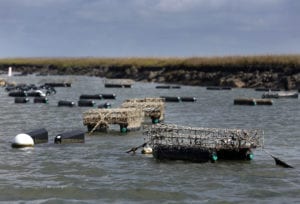
Gary Spires of the South Carolina Farm Bureau discussed opportunities available for South Carolina shellfish growers. The S.C. Department of Agriculture’s Certified South Carolina program is one area he acknowledged.
“We’ve been involved with this program since its inception,” Spires said. “It’s a great way to let people know that they are consuming locally-grown foods.”
When the COVID-19 pandemic hit, aid provided by the CARES Act originally was not provided for the shellfish industry. Spires and others arranged a meeting with then-Secretary of Agriculture Sonny Perdue to tell him about the plight of the state’s shellfish industry.
Oyster mariculture is growing in South Carolina. Clemson researchers will continue to work with the S.C. Sea Grant Consortium, S.C. Farm Bureau, S.C. Center for Cooperative and Enterprise Development, National Oceanic and Atmospheric Administration and the United States Department of Agriculture to advance this industry.
“We are working with South Carolina shellfish growers and we are making a lot of progress, Motallebi said. “There’s still work that needs to be done, but this is a market that can greatly benefit South Carolina and we will continue to conduct research and determine how we can help make this industry better.”
-END-

